-
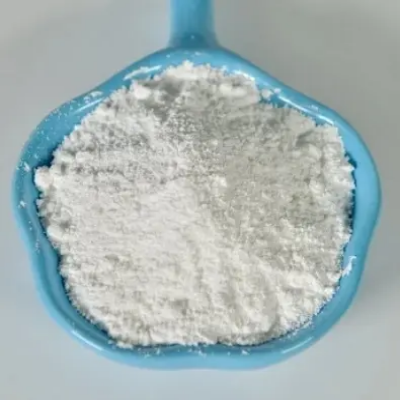
3-(2-Fluoro-phenyl)-isoxazole-5-carbaldehyde CAS:808740-52-5
3-(2-Fluoro-phenyl)-isoxazole-5-carbaldehyde is a heterocyclic aldehyde containing an isoxazole ring fused to a fluorinated benzene ring. The presence of the formyl and fluoro substituents allows for varied reactivity. As an isoxazole derivative, it can engage in substitution and addition reactions on the heterocyclic system. The aldehyde functional group provides opportunities for numerous condensation pathways.
-
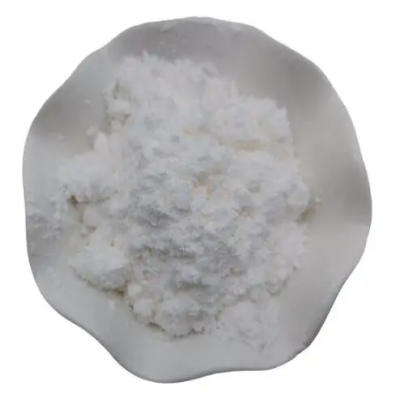
7-Methoxyquinolin-3-amine CAS:87199-83-5
7-Methoxyquinolin-3-amine is an aromatic amine containing a quinoline ring with a methoxy and amine substituent. The electron donating methoxy group makes the quinoline system susceptible to electrophilic aromatic substitution. Meanwhile, the amine group provides opportunities for nucleophilic chemistry. These functionalities permit diversified reaction pathways for structural modification and elaboration.
-
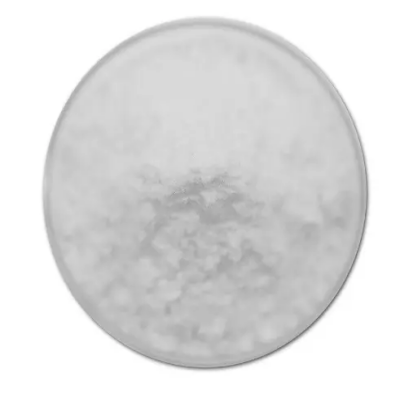
7-Methoxyquinolin-3-amine CAS:87199-83-5
7-Methoxyquinolin-3-amine is an aromatic amine containing a quinoline ring with a methoxy and amine substituent. The electron donating methoxy group makes the quinoline system susceptible to electrophilic aromatic substitution. Meanwhile, the amine group provides opportunities for nucleophilic chemistry. These functionalities permit diversified reaction pathways for structural modification and elaboration.
-

Methyl 2-(1,4-diazepan-1-yl)acetate hydrochloride CAS:926223-03-2
Methyl 2-(1,4-diazepan-1-yl)acetate hydrochloride is a salt containing a methyl ester linked to a 1,4-diazepane ring. This structure engages in nucleophilic substitution and addition reactions through the basic diazepane nitrogen and ester hydrolysis at the carboxylate.
-

Ethyl trans-2-amino-1-cyclohexanecarboxylate hydrochloride CAS:28250-14-8
Ethyl trans-2-amino-1-cyclohexanecarboxylate hydrochloride is an organic compound that contains both an amino and a carboxylic ester functional group. It exists as a white solid salt formed between the hydrochloric acid and the amino group of the parent molecule. The trans configuration around the amino substituent gives it a defined three-dimensional structure. This compound can participate in various substitution, addition and condensation reactions due to the reactivity of the amino and carboxylic ester groups.
-

3-(3-Fluorophenyl)isoxazole-5-carbaldehyde CAS:885273-52-9
3-(3-Fluorophenyl)isoxazole-5-carbaldehyde is a chemical compound with the molecular formula C11H6FNO2. It is commonly used as a versatile building block in organic synthesis due to its unique structure and reactivity. This off-white solid plays a crucial role in pharmaceutical, agrochemical, and material science industries. Also known as 3-fluoroisoxazole-5-carbaldehyde, it serves as a key intermediate for the production of various complex molecules owing to its distinct chemical properties.
-
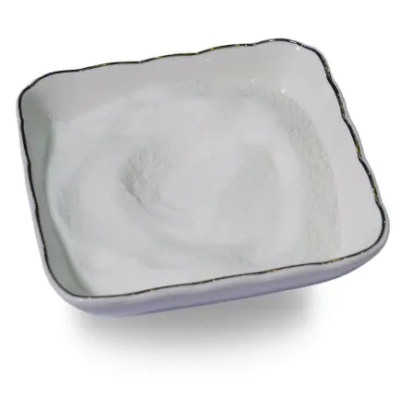
tert-Butyl 1-(hydroxymethyl)-3,4-dihydroisoquinoline-2(1H)-carboxylate CAS:954239-58-8
tert-Butyl 1-(hydroxymethyl)-3,4-dihydroisoquinoline-2(1H)-carboxylate is a chemical compound with the molecular formula C16H23NO3. This colorless to pale yellow liquid serves as a valuable building block in organic synthesis due to its unique structure and reactivity. Known for its versatility, this compound finds applications in pharmaceuticals, agrochemicals, and material sciences industries. It is commonly used as an intermediate in the production of complex organic molecules.
-
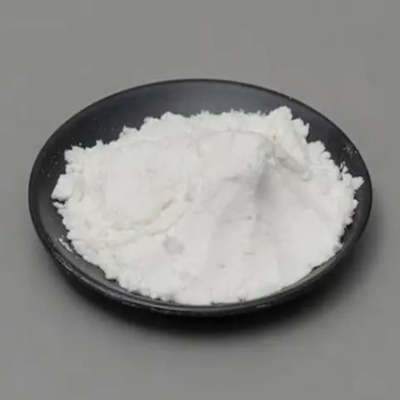
tert-Butyl 3,3,3-trifluoro-2-hydroxypropylcarbamate CAS:1219606-48-0
tert-Butyl 3,3,3-trifluoro-2-hydroxypropylcarbamate is a molecule containing a carbamate linkage connected to a trifluoromethylated alcohol moiety. The electron-withdrawing tert-butyl, trifluoromethyl and hydroxyl substituents impart unique reactivity to this compound. This enables participation in diverse functional group transformations and substitutions reactions.
-
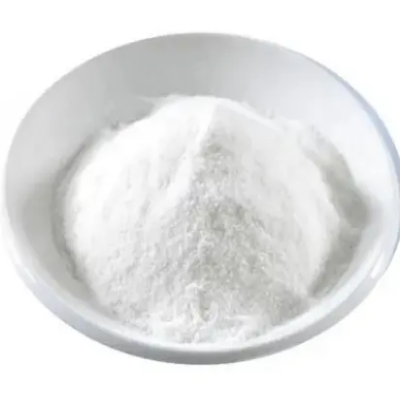
1-(3-bromophenyl)-3,3-dimethoxycyclobutane-1-carboxylic acid CAS:2135331-42-7
1-(3-bromophenyl)-3,3-dimethoxycyclobutane-1-carboxylic acid contains a cyclobutane ring fused to a bromophenyl moiety and substituted with two methoxy groups and a carboxylic acid. This complex structure engages in diverse cyclization, substitution, addition, and acid derivative reactions through its multiple reactive sites.
-
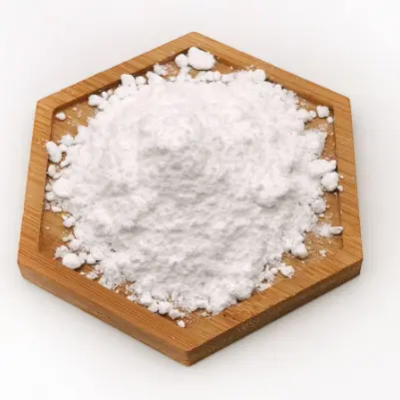
1-(4-(tert-butoxycarbonyl)phenyl)-3,3-dimethoxycyclobutanecarboxylic acid CAS:
1-(4-(tert-butoxycarbonyl)phenyl)-3,3-dimethoxycyclobutanecarboxylic acid is a cyclobutane derivative containing a carboxylic acid, two methoxy groups and a tert-butoxycarbonyl (Boc) protected phenyl ring. This complex structure allows participation in various substitution, coupling and decarbonylation reactions through its functional handles.
-
![[3-(4-Fluoro-phenyl)-isoxazol-5-yl]-Methanol CAS:206055-89-2](https://cdn.globalso.com/xindaobiotech/1ZNB2ZF342ZWRNG244.png)
[3-(4-Fluoro-phenyl)-isoxazol-5-yl]-Methanol CAS:206055-89-2
[3-(4-Fluoro-phenyl)-isoxazol-5-yl]-methanol is an organic compound containing an isoxazole ring linked to a fluorophenyl group and terminating in a hydroxymethyl substituent. This unique structure allows it to engage in a variety of nucleophilic substitution, oxidation, and condensation reactions. The presence of the electron-withdrawing fluorine and reactive alcohol functional group promotes versatile chemistry on this molecule.
-
![{[6-(2-methylpyrrolidin-1-yl)pyridin-3-yl]methyl}(propan-2-yl)amine CAS:1270911-03-9](https://cdn.globalso.com/xindaobiotech/1ZNB2ZF342ZWRNG243.png)
{[6-(2-methylpyrrolidin-1-yl)pyridin-3-yl]methyl}(propan-2-yl)amine CAS:1270911-03-9
{[6-(2-Methylpyrrolidin-1-yl)pyridin-3-yl]methyl}(propan-2-yl)amine is a complex organic compound consisting of a pyridine ring substituted with a pyrrolidine and propan-2-ylamine. This elaborate structure allows participation in various substitution, addition and condensation reactions on multiple reacting sites. The pyrrolidine nitrogen and amine moieties especially offer valuable synthetic handles.

